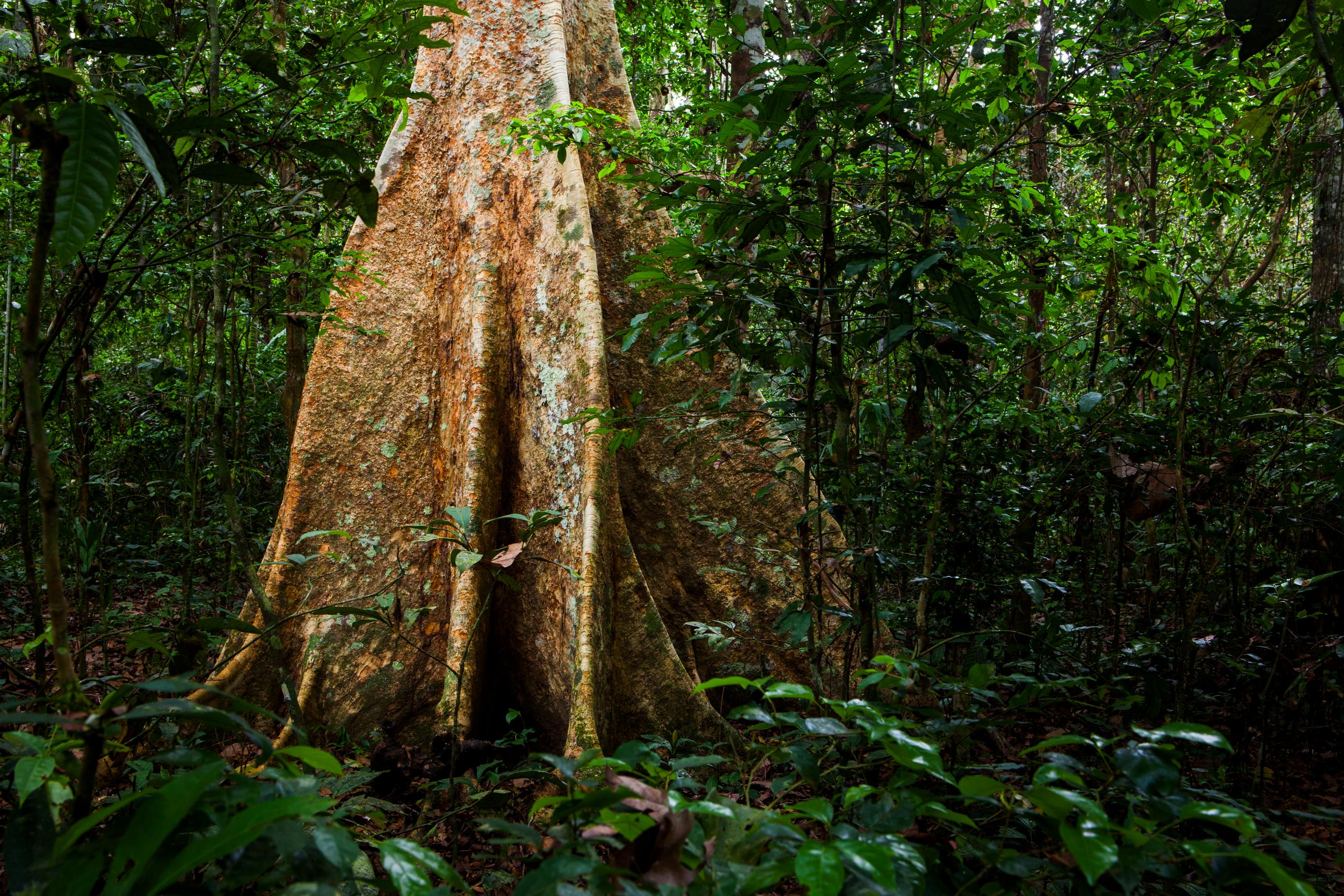1.2M
HECTARES
To date, Conservation International’s REDD+ initiatives have cumulatively protected 1,247,800 hectares of some of the most important forests on Earth in places like Madagascar, Kenya and Peru.
Protecting forests in Peru
Despite its protected status, Peru’s Alto Mayo Protected Forest — an area of Amazonian forest twice the size of New York City — had some of the country's highest deforestation rates. To halt this cycle, Conservation International worked with partners — including local communities, corporations and Peru's government — to develop a REDD+ program. Now, 70 percent of the community in the Alto Mayo basin benefits directly from the initiative; since 2008, the program has generated more than 8.4 million metric tons of emissions reductions — the equivalent of taking nearly 150,000 cars off the road each year.
